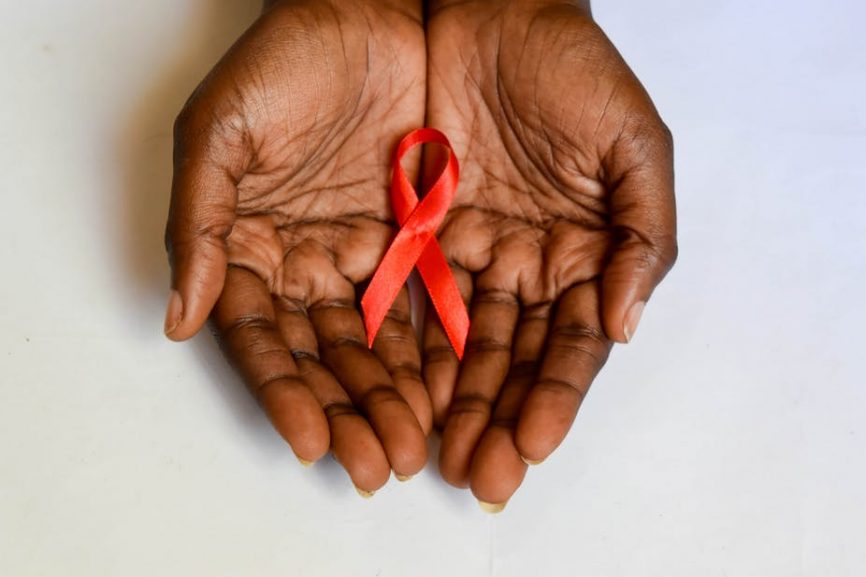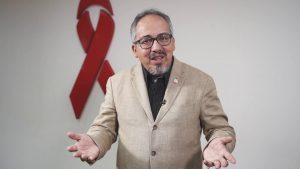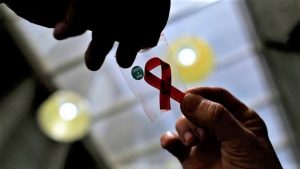When people and communities affected by HIV are engaged in decision-making and HIV service delivery, new infections decline and more people living with the disease gain access to treatment.
That is among the new findings of a UNAIDS report released ahead of World Aids Day on December 1st. The report titled – Power to the People – also finds that of the almost 38 million people living with HIV, over 24 million were accessing treatment – more than double the number on treatment in 2012 – resulting in fewer people dying from the disease.
The report finds that empowering communities is key to ending AIDS as a public health threat by the SDG deadline of 2030.
Ninan Varughese, director at UNAIDS in New York says, “The report is entitled power to the people and that speaks to the fact that ensuring that people and communities have the power to choose, to know, to thrive and to demand is the key to ending AIDS. We have a few game-changing approaches such as medicines to prevent HIV – PREP – integration of contraceptive services and HIV testing, viral load suppression, harm reduction and comprehensive sexuality education gives people the power to protect themselves from HIV and for people living with HIV the power to thrive.”
The report finds that progress in reducing HIV infections is mixed with 1.7 million people newly infected with the virus in 2018. New infections declined by 28% from 2010 to 2018 in eastern and southern Africa, the region most affected by HIV.
But, in what the report deems a promising sign, the incidence rate of HIV among adolescent girls and young women aged between 15 and 24 years in the region declined from 0.8% in 2010 to 0.5% in 2018, a 42% decline. But – young women and girls still bear the brunt of new HIV infections.
“6000 young women aged 15 to 24 are becoming infected with HIV every week. In sub-saharan Africa 4 in 5 infections among adolescents aged 15-19 are among girls and more than one third of all women around the world are experiencing physical and or sexual violence at some time in their lives,” says Varughese.
A 2014 study in South Africa reported extraordinarily high infections among sex workers – 72% in Johannesburg, 54% in Durban and 40% in Cape Town with estimates that one in five new infections in the country may be associated with sex work – which remains stigmatized, discriminated against and illegal as Varughese explains.
“Key populations for us – as I mentioned – it accounts for 54% of our new infections. And UN Aids has always advocated for the human rights of all people regardless of who they are and where they are. So within that context everybody has the right to access to health and everybody has the right to seek information and have the best information and the best technology and the best services to protect themselves.”
Key populations include men who have sex with men, people who inject drugs, sex workers and transgender people where the risk of acquiring HIV remains disproportionately higher compared to other groups.






